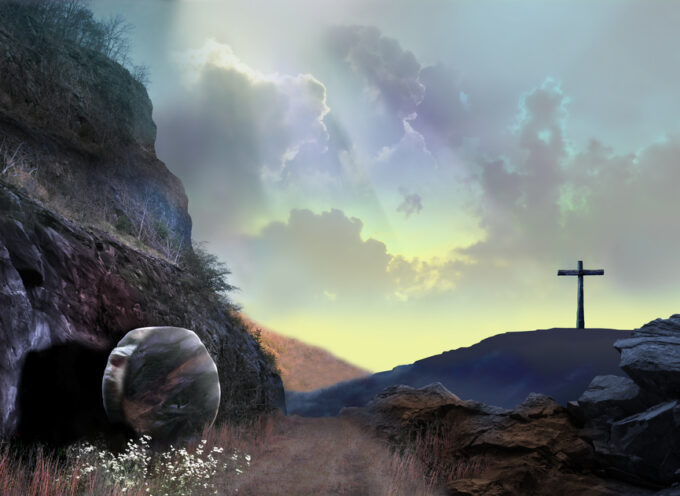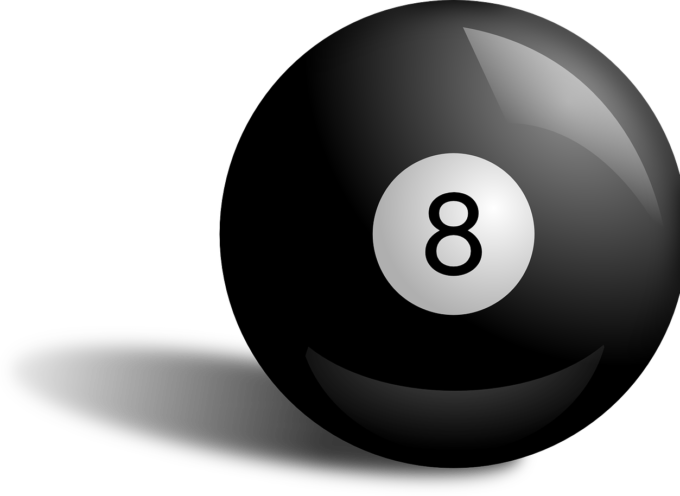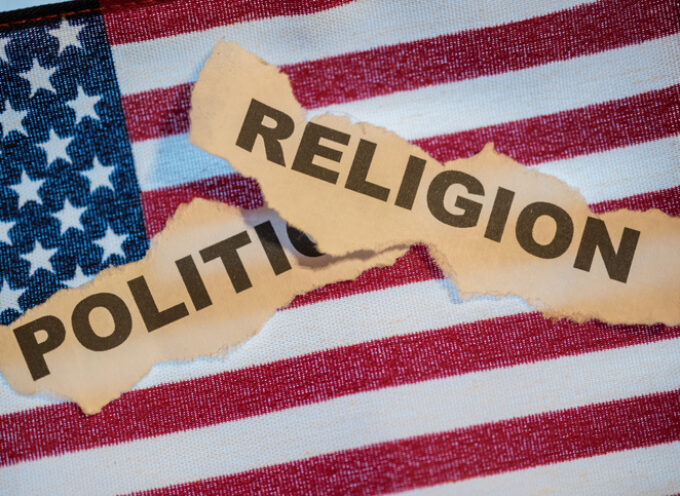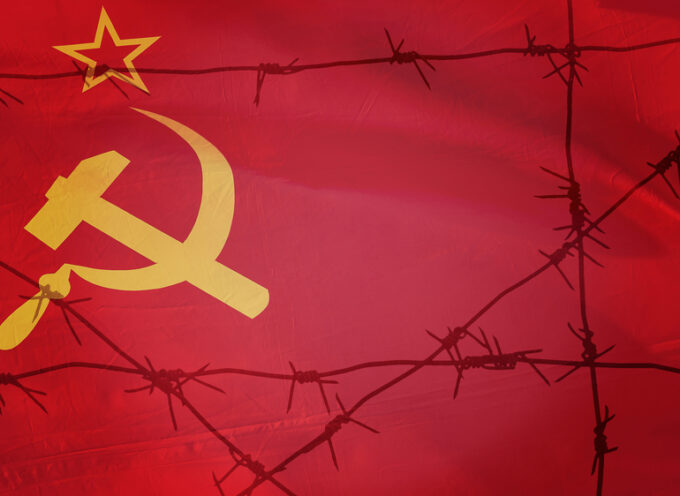During the past two months, media hysteria that had been directed toward 2020 presidential candidates is now mostly being directed toward the epidemiologists, cultural commentators, and elected officials who are publicly discussing their views about how to manage the COVID-19 crisis.
Cable news shows combine with social media virility to make every twist and turn of the Coronavirus feel like a national controversy on the level of the Vietnam War or the Watergate scandal. News cycle hounds and Twitterati unleash their opinions with the confidence of a seasoned epidemiologist, sharply opposing people who take a different view on the gravity of the virus or the governmental and medical management of it.
In a situation like this, I am reminded of Thomas Sowell’s argument that, in order to understand and respond properly to the world around us, we must have a “constrained” rather than “unconstrained” vision of the world. I agree with Sowell and think that many people on the political Left and Right have bought into the unconstrained vision, thus exacerbating our social and political problems in the midst of the pandemic.
So, what does Sowell mean by “vision”?
In Ideological Origins of Political Struggles, he construes a “vision” as something prior to theory. Our vision is what gives us a grasp of the whole. An understanding of the “ever-changing kaleidoscope of raw reality would defeat the human mind by its complexity, except for the mind’s ability to abstract, to pick out parts and think of them as whole.”
In other words, we need visions to help us interpret the facts of life. Facts do not speak for themselves. With visions thus shaping our view of the world and of isolated facts, we can understand why we see the same familiar faces lined up glaring at each other on any given issue. Debates often devolve into merely talking past or over one another because people are reasoning from different premises, from within different visions of how the world works. Visions are prior to theories. Theories arise from the soil of visions.
What is the “constrained vision” of the world?
The constrained vision of the world views humanity as both finite and fallen. To my knowledge, Sowell doesn’t use those words, but those words capture the gist of the view. Humanity’s moral limitations and knowledge limitations are inherent facts of life. Thus, instead of regarding humanity’s nature as something that can be changed, we must try to produce moral and social benefits from within those constraints.
What is the “unconstrained vision” of the world?
Proponents of the unconstrained vision believe that humanity can evolve morally and intellectually. In this vision, humanity’s potential far outstrips its actuality. Moreover, there are means to improve human nature, to help us evolve morally. Human being is plastic. Humanity is “perfectible,” by which is meant that we can be improved continually.
What type of “solutions” are offered by the visions, respectively?
In the unconstrained vision, the solution is to craft better policies and build better institutions. “Running through the tradition of the unconstrained vision,” Sowell writes, “is the conviction that foolish or immoral choices explain the evils of the world—and that wiser or more moral and humane social policies are the solution.” By contrast, the constrained vision sees the world’s evils as arising out of our moral and intellectual limitations. “The constrained vision,” Sowell writes, “sees the evils of the world as deriving from the limited and unhappy choices available.” To ameliorate these evils, proponents of this vision rely on moral traditions, families, and other institutions.
How do the respective visions view elite cultural power-brokers?
The unconstrained vision considers humanity in general and intellectuals in particular capable of knowing what needs to be known in order to plan society comprehensively. The constrained vision disagrees. Instead of vesting that much confidence in intellectuals, bureaucrats, and social scientists, it places more confidence in the institutions and processes that have evolved historically; it encourages society to
establish just rules to govern social processes and cultural institutions.
How does all of this relate to the Coronavirus?
Like all of the controversies of our era, debates about the gravity of the Coronavirus and the management of it by our nation’s elite are driven by emotion at a surface level, but driven by the logic of a vision at the deeper level. I think that, unfortunately, many Americans have partly or wholly bought into the unconstrained vision. We think that our preferred cable news outlet, our preferred politicians, and our preferred epidemiologists and social scientist are capable of diagnosing accurately the severity of the virus. And based on that diagnosis, we believe that they can articulate the best way forward.
Given our misplaced confidence fostered by the unconstrained vision, we react with outrage or befuddlement to people with another view on the virus and its management. We have great difficulty understanding how another person could oppose our Coronavirus management policy preferences. We are quite willing to suppress or explain away empirical evidence that doesn’t fit our view. Compounding the problem is the fact that many TV outlets, “thought leaders,” news cycle hounds, and Twitterati perpetrate caricatures of people who have a different view than their own.
The constrained vision, however, has little difficulty understanding opposition, given that it already supposes that all people fail at many things. It understands that each person’s knowledge is grossly inadequate and that even the smartest intellectuals and surrogate decision-makers are limited in their knowledge; nobody but God can predict with full accuracy the nature of the virus or the future consequences of present-day decisions about how to manage the virus.
The constrained vision certainly sees injustice in gross mismanagement and overt negligence. But in historically unprecedented times, the constrained vision cautiously admits that the line between negligence and well-intentioned error may not be obvious. The path forward towards reestablishing societal stability and flourishing can only come through having the humility to admit mistakes are made by experts, civil leaders, and politicians on either side. What elevates the constrained visions’ virtue, not to mention its viability in finding workable solutions while encouraging cooperation, is sober realism that people will make mistakes, combined with its willingness to move beyond such mistakes to foster cooperation.
A monumental task lies before us. Let us work towards finding solutions rather than taking delight when another person’s understanding of things is proven wrong.
Subscribe
Never miss a post! Have all new posts delivered straight to your inbox.








Well said.
Thanks for the good thoughts, Bruce. Some wrongly equate humility with inaction or passivity. Thank you for reminding us that a patient, careful approach, born out of humility, leads not just to action, but wiser action.
Thanks, Bryce. Much appreciated.